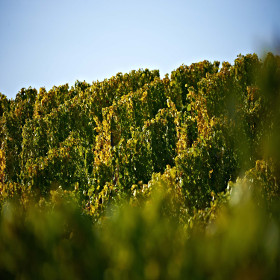Winery HL Menger
Our winery has its headquarters in the center of Eich am Rhein and is managed in the 13th generation. We can trace our family history back to the year 1669, which we are very proud of.
As a family business, we manage 15 hectares spread over the southern Rheinterrasse, Wonnegau and Rheinhessische Schweiz. This allows us to find the ideal location for every grape variety. As a result, our wines retain their peculiarities and a distinctive variety typology. Our passion is to optimally support the individual character of each individual wine.
Tradition is very important to us. Both in the vinification of wines in the cellar, as well as in the cultivation of the vines. We are the only conservation breeders of the historic grape variety Malvasia, which today has a great rarity character. Another historic grape variety that complements our assortment is Muscat d'Eisenstadt. This strain was already considered extinct.
We are looking forward to your visit!


















